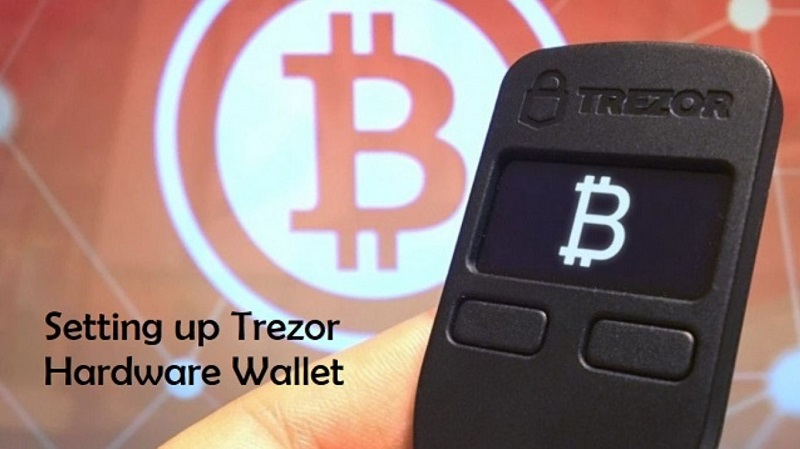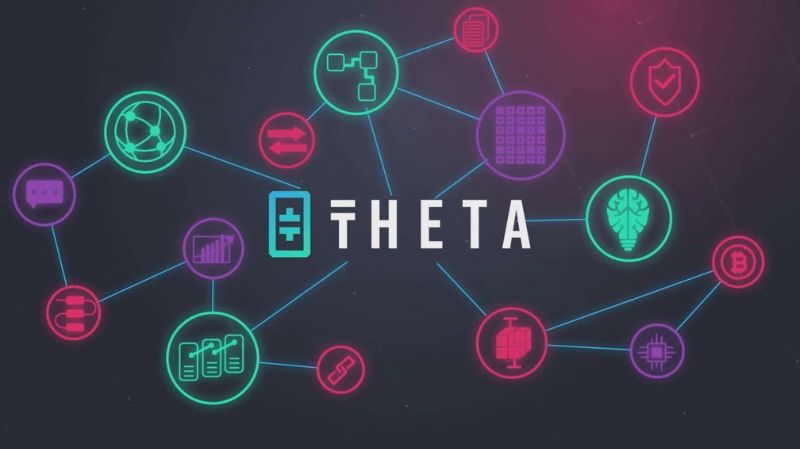On the off chance that you are not kidding about the cryptographic forms of money in your possession, you should keep them in an equipment wallet since it is presumably the most secure. Trezor hardware wallet is another device to secure Cryptocurrencies.
In this article, we’ll discuss how to set up your Trezor Hardware wallet, perhaps the most secure equipment wallet accessible for the absolute first time to secure Cryptocurrencies.
Page Contents
Inside the Trezor Box
First and foremost, ensure the security seal on the container is untampered. In case you find something wrong with the Box feel free to contact Trezor Support Team.
This is what you get inside the container box.
- Trezor equipment wallet.
- Recuperation Seed card.
- Cord.
- Guidance paper.
- USD to Miniature USB link.
Let’s know how to setup Trezor Hardware Wallet
Setting your Trezor interestingly is really straight forward. The entire interaction will require approximetely 10-15 minutes.
Stage 1: Interface Trezor to your PC
Interface Trezor wallet to your PC utilizing the USB link gave. On your Trezor wallet’s screen, you should then see a Lock symbol and guidance requesting that you go to trezor.io/start.
Stage 2: Go to trezor.io/start
Figure out how the Trezor PIN and the recuperation seed works. At that point, pick in the event that you need to buy into their pamphlet or not, and proceed to set up your gadget.
Stage 3: Introduce Trezor Wallet
Go to wallet.trezor.io in case you’re not being coordinated to. All together for your Trezor gadget to speak with your Trezor wallet, you can either introduce the Trezor Chrome Expansion or the Trezor Extension explicitly for your working framework.
In this guide, We’re going on utilizing the Chome Expansion.
Stage 4: Introduce laterst firmware
For wellbeing reasons, no firmware will be introduced when the gadget is sent. Snap “Indeed, Introduce” to start the establishment of the firmware interestingly.
Cross-check the firmware fingerprints on the program screen against the one on your Trezor, ensure they coordinates. Snap “Proceed” on your Trezor.
Stage 5: Reconnect Trezor
Attachment it out, plug it in again and go to wallet.trezor.io.
Stage 6: Give Trezor gadget a name
Stage 7: Setting up the PIN
Setting up your PIN may appear to be confounding from the start, however, once you get a grip of it, it’s simple.
You will see a 3×3 network (with specks) on your program.
What’s more, you will see a 3×3 lattice (with numbers) on your Trezor.
Presently, assume you need your PIN to be, suppose – 6789. You will allude to the specific situation of these numbers in your Trezor, and hit them in grouping in your program.
You should do this twice to affirm your PIN.
More: Study Trezor PIN.
Stage 8: Record the recuperation seeds
Then, your Trezor will show a novel mix of 24 words. This will permit you to recuperate your records in the event that you lose your gadget.
Record them, every one of the 24 words, in the recuperation seed card, gave word by word. Check it once more, and snap Finish on your Trezor.
Ensure you never lose your recuperation seed card.
More: Become familiar with PIN recuperation.
Last Advance: Enter PIN to get to Trezor wallet
Go to wallet.trezor.io again on your program (on the off chance that you as of now have it shut), enter the PIN, hit enter and access your wallet for the principal very time.
It should look something like this
- Access your other digital money wallets. Trezor at present backings: Bitcoin, Bitcoin Money, Run, Litecoin, Zcash, Ethereum and Ethereum Exemplary.
- Customize your Trezor gadget home screen.
- Access security highlights like empowering and incapacitating passphrase and PIN here. You can likewise wipe (eliminate all data) your Trezor gadget here.
- Edit gadget’s essential settings; for example Change name and PIN.
- Lock Trezor gadget.
- Forget Trezor gadget.
- Change fiat cash, money backend and bitcore worker URL.
- Connect Trezor to Dropbox to get to highlights (For example Rename accounts, Mark getting addresses) and data (For example Remark exchanges) Trezor wallet and exchanges.
- Add new record.
- Add old records before SegWit.











